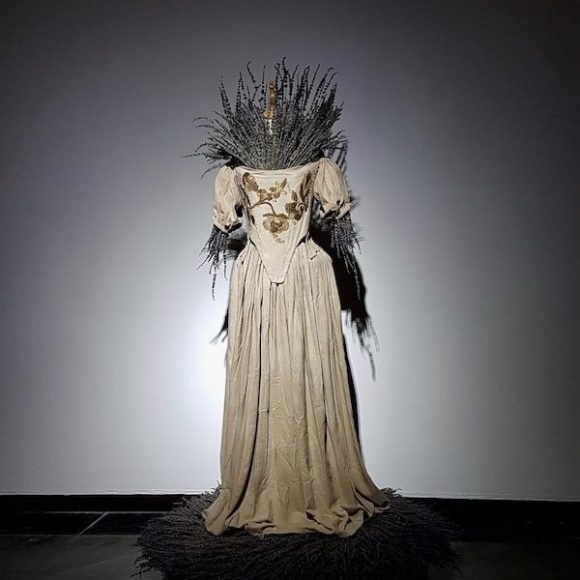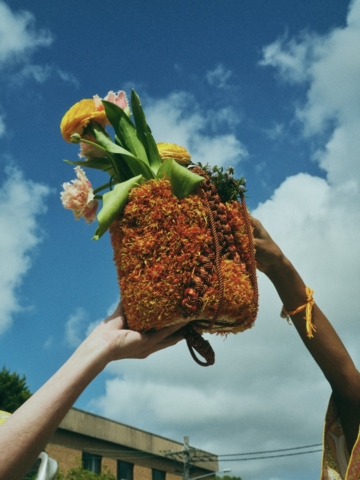Opposites Attract
By Olivia Preston
Two institutions at different ends of the academic spectrum, with completely opposing values – creativity versus calculations, paint versus predictions, Monet versus molecules. Amazingly, science and art can converge to create a new and exciting hybrid by using both the rational and analytical ‘left’ brain and the expressive and empathetic ‘right’ brain in unison.

By exploring science through the medium of art, the gap between these distinct disciplines can be bridged, as seen most famously through the life and works of Leonardo da Vinci. More recently, a wide range of artists have delved into the wonderful world of science to find artistic inspiration.
By looking at glass models of intricate viruses, over a thousand times bigger than the real thing, makes these potentially-deadly, microscopic agents look beautiful. Luke Jerram has created sculptures and installations of HIV virus, SARS Coronavirus, Swine Flu, Smallpox and most recently, COVID-19 that has changed life as we know it.

For his most notable collection of works, called Glass Microbiology, he used glass to create macro versions of various disease molecules to express their beauty and complexity. This work and many others that look at geological and social phenomena have been showcased globally including at the Museum of Health and Medicine in Tokyo, Natural History Museum in Vienna and the Wellcome Collection in London.

Another artist breathing life into deadly diseases is Anna Dumitru. Her work, classified as BioArt explores infectious diseased through textiles, installations and digital media. Her combination of art and science is aided by her close work with leading scientists and medical professionals in laboratories.

Her art looks at the wide-ranging effects that bacteria and infectious diseases have on cultural, societal and individual levels. Anna has looked at diseases such as the plague, MRSA and tuberculosis.
A decade in the making, ‘The Plague Dress’ is an embroidered and corseted 1665 style gown with details of the DNA of Yesinia pestis bacteria (plague). The dress is stuffed with lavender and includes a piece of padding with a mix of herbs and spices – all ways that people during the Black Death tried to combat the disease despite not having modern medicine. The silk dress references the Silk Road link thought to be a common source of the disease. The silk also signifies the fact that the first and worst affected tradespeople to suffer in the Great Plague of London were the cloth workers who received the imported fine silks and linens.

By blurring the boundaries and combining these polar opposites together brings science and art into a new light. You don’t have to be one or the other – a scientist or artist. Science has its place in art and vice versus. And by exploring these subjects together, strides can be made in both fields.
Anna Dumitiru and the Art of Infectious Diseases
If you enjoyed this article, why not read Art Brussels Style.





